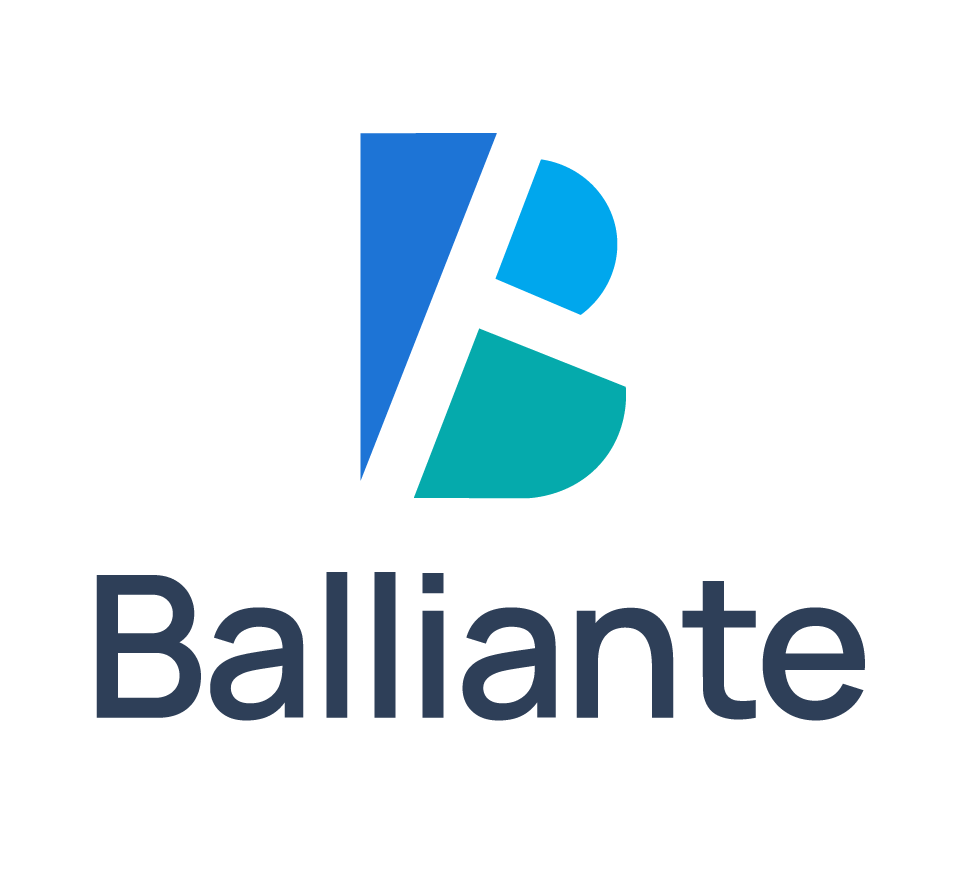In an era of rapidly transforming workplace dynamics and an increased reliance on remote work, organisations across the world are seeking solutions that promote seamless collaboration, communication, and productivity. Microsoft Teams, a powerful communication and collaboration platform within Office 365, has emerged as a frontrunner in this arena, offering businesses a comprehensive suite of tools and resources tailored to the needs of the modern workforce. As part of our commitment to supporting businesses worldwide, Balliante is delighted to provide this essential guide for unlocking the potential of Microsoft Teams, helping you harness the platform’s capabilities to drive improved efficiency, enhanced teamwork, and long-term success.
At Balliante, we understand the importance of equipping your organisation with the most advanced tools and insights that drive growth, innovation, and a competitive edge in the digital era. With this blog post, we aim to demystify the intricacies of Microsoft Teams, providing practical strategies and advice for successfully integrating the platform into your daily routines and empowering your workforce to make the most of its many features.
Join us as we delve into the core capabilities, integrations, and use cases of Microsoft Teams, offering valuable insights into how your organisation can harness the platform to break down silos, streamline communication, and foster an environment of heightened collaboration and productivity. By embracing these strategies and understanding the full potential of Microsoft Teams, your business can elevate its performance, accelerate innovation, and secure a thriving future in an ever-changing digital landscape.
1. Exploring the Core Capabilities of Microsoft Teams
Microsoft Teams boasts an impressive array of features and capabilities, all designed to facilitate seamless communication, collaboration, and organisation within the workplace. Some of the core features of Microsoft Teams include:
– Instant messaging and chat functionality, allowing users to communicate efficiently and in real-time.
– Audio and video conferencing, enabling teams to hold meetings, webinars, and live events with ease.
– Integration with the entire suite of Office 365 tools, such as Word, Excel, PowerPoint, and OneNote.
– Document management and co-authoring capabilities, empowering users to collaborate on files in real-time, track changes, and share resources effectively.
– Customisable channels, allowing team members to organise different projects, departments, or subjects in a way that suits their unique needs.
By navigating and mastering the various functionalities of Microsoft Teams, your organisation can foster a more unified and engaged workforce, enabling streamlined communication and collaboration processes that drive productivity.
2. Microsoft Teams Integrations: Expanding the Platform’s Capabilities
One of the principal advantages of Microsoft Teams is its ability to integrate seamlessly with a range of third-party applications and services, further expanding its versatility and adaptability to your organisation’s specific requirements. Some of the most popular third-party integrations available for Microsoft Teams include:
– Trello, a project management tool that offers an intuitive visual interface for organising tasks, tracking progress, and collaborating on projects.
– Adobe Creative Cloud, providing direct access to design assets from within the Teams platform, allowing users to collaborate on projects involving Adobe applications like Photoshop, Illustrator, and InDesign.
– Zendesk, a customer service and support ticketing system that can be accessed from within Microsoft Teams, enabling customer support teams to respond to inquiries and manage issues more efficiently.
– GitHub, a platform for developers to manage code repositories, collaborate on development projects, and review code changes directly within Microsoft Teams.
By leveraging these third-party integrations, your organisation can create a more dynamic and sophisticated collaboration environment, tailored to the specific needs and demands of your workforce.
3. Maximising Efficiency with Best Practices for Microsoft Teams Deployment
To successfully implement Microsoft Teams within your organisation and make the most of its many features, it’s essential to follow best practices for deployment, management, and engagement. Some key recommendations for optimising your Microsoft Teams experience include:
– Establish a clear governance and structure, defining user roles and permissions, channel structure, and other organisational aspects that promote efficient communication and collaboration.
– Provide comprehensive training and resources for your employees, ensuring they understand and are equipped to make the most of the platform’s numerous features.
– Encourage a team-wide adoption of Microsoft Teams, creating a shared sense of commitment and buy-in so that all team members feel comfortable engaging with the platform.
– Regularly review and refine your Microsoft Teams setup, identifying areas for improvement or opportunities for further streamlining communication and organisational processes.
By following these best practices, your organisation can unlock the full potential of Microsoft Teams and cultivate a thriving digital workspace that promotes efficiency, innovation, and success.
4. Microsoft Teams and Remote Work: Thriving in the Modern Workplace
With the accelerated shift towards remote work in recent years, the role of Microsoft Teams in creating a connected and collaborative virtual workplace has become increasingly critical. To help your organisation’s remote workforce maximise their Microsoft Teams experience, consider adopting the following strategies:
– Schedule regular video meetings, enabling team members to maintain human connections and foster a sense of unity and belonging, even when working remotely.
– Use Microsoft Teams channels to create dedicated spaces for social interaction, allowing employees to engage in informal conversations and build camaraderie.
– Leverage Microsoft Teams’ task management functionality to establish clear expectations and deadlines for remote work, ensuring alignment between team members and enabling easy access to project progress updates.
– Encourage employees to customise their personal Microsoft Teams experience, tailoring their workspaces and notification settings to suit their individual preferences and productivity patterns.
By understanding and addressing the unique needs of remote workers, your organisation can effectively utilise Microsoft Teams to support a happy, productive, and well-connected workforce, regardless of their location.
Conclusion
Microsoft Teams has established itself as an essential tool for businesses looking to cultivate a collaborative and efficient work environment, both in-person and remotely. By understanding the platform’s core capabilities, leveraging its countless integrations, adopting best practices for deployment, and accommodating the needs of remote workers, your organisation can fully harness the potential of Microsoft Teams and drive long-term success.
At Balliante, we aim to empower organisations worldwide with the resources, insights, and expertise necessary to stay ahead in the ever-evolving digital world. By embracing the power of Microsoft Teams, your business can elevate its collaboration, communication, and productivity capabilities – ensuring a competitive edge both today and in the future. For Office 365 support, contact us today!

